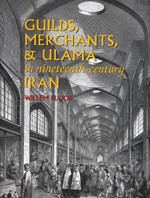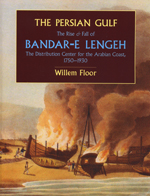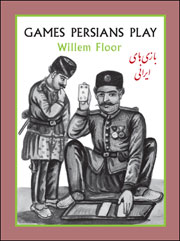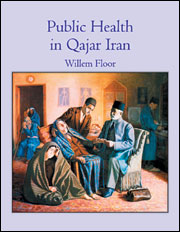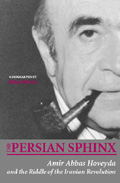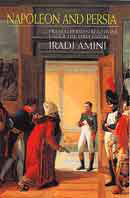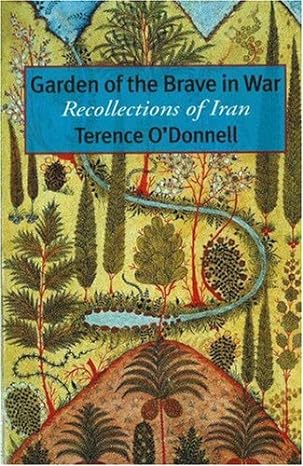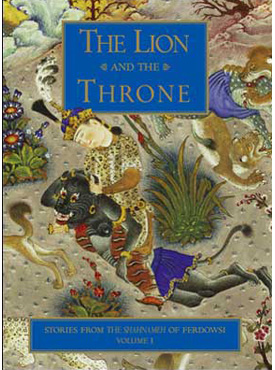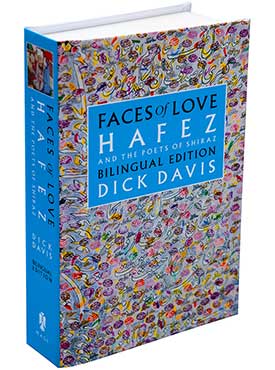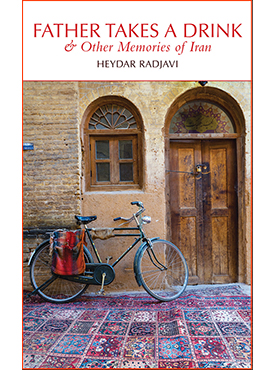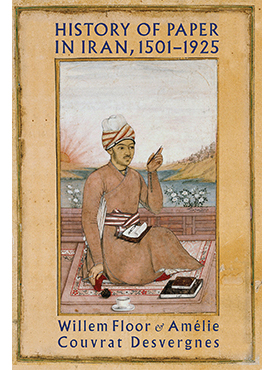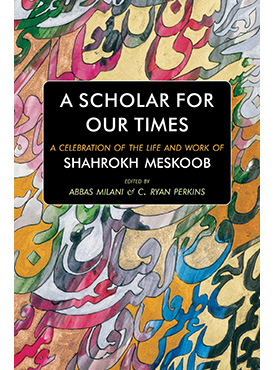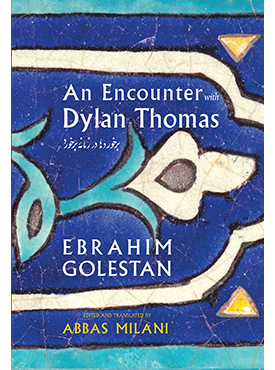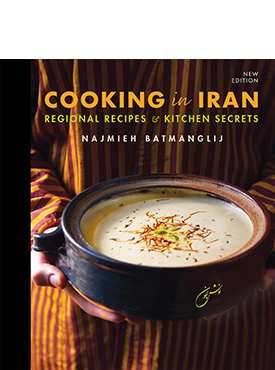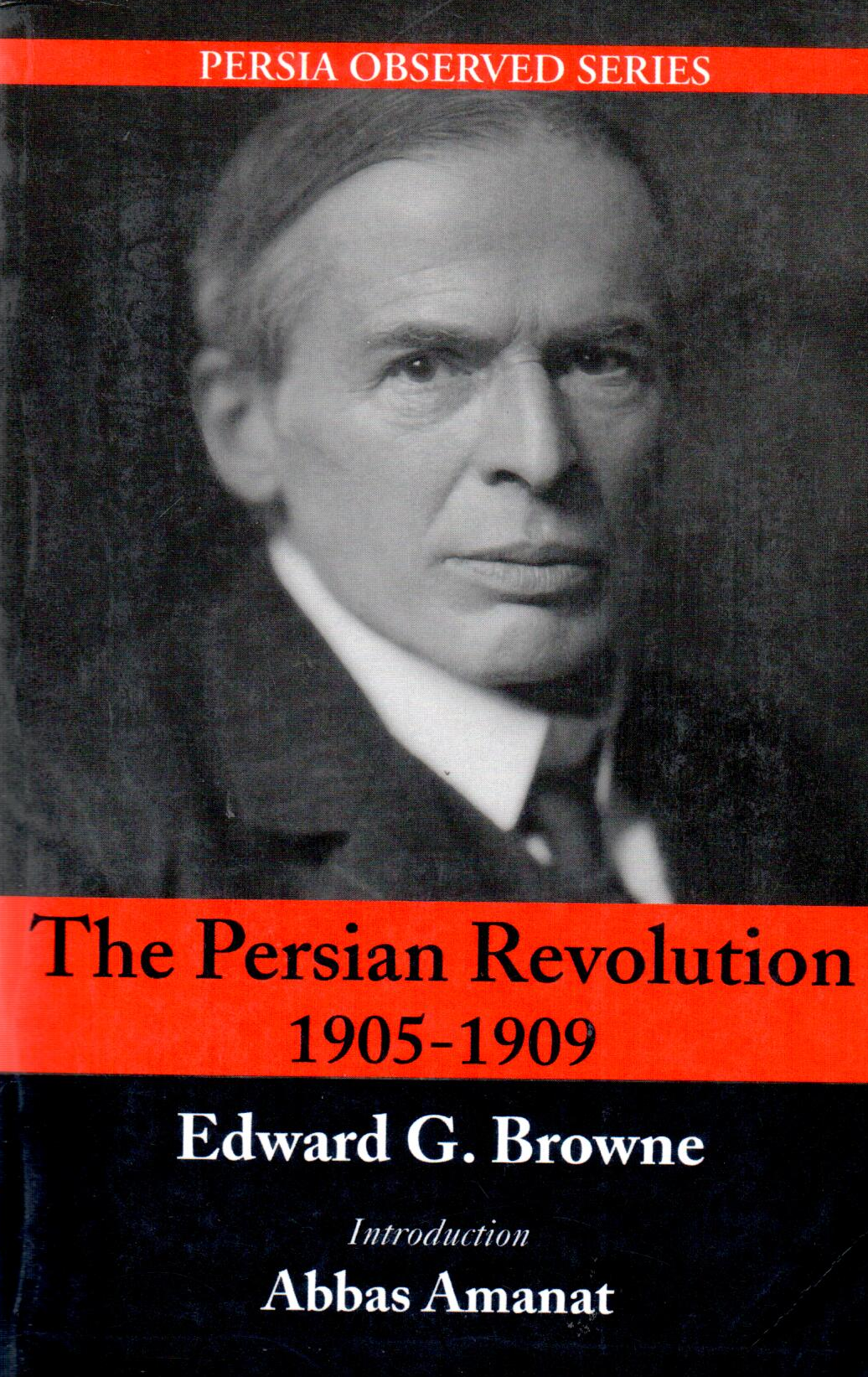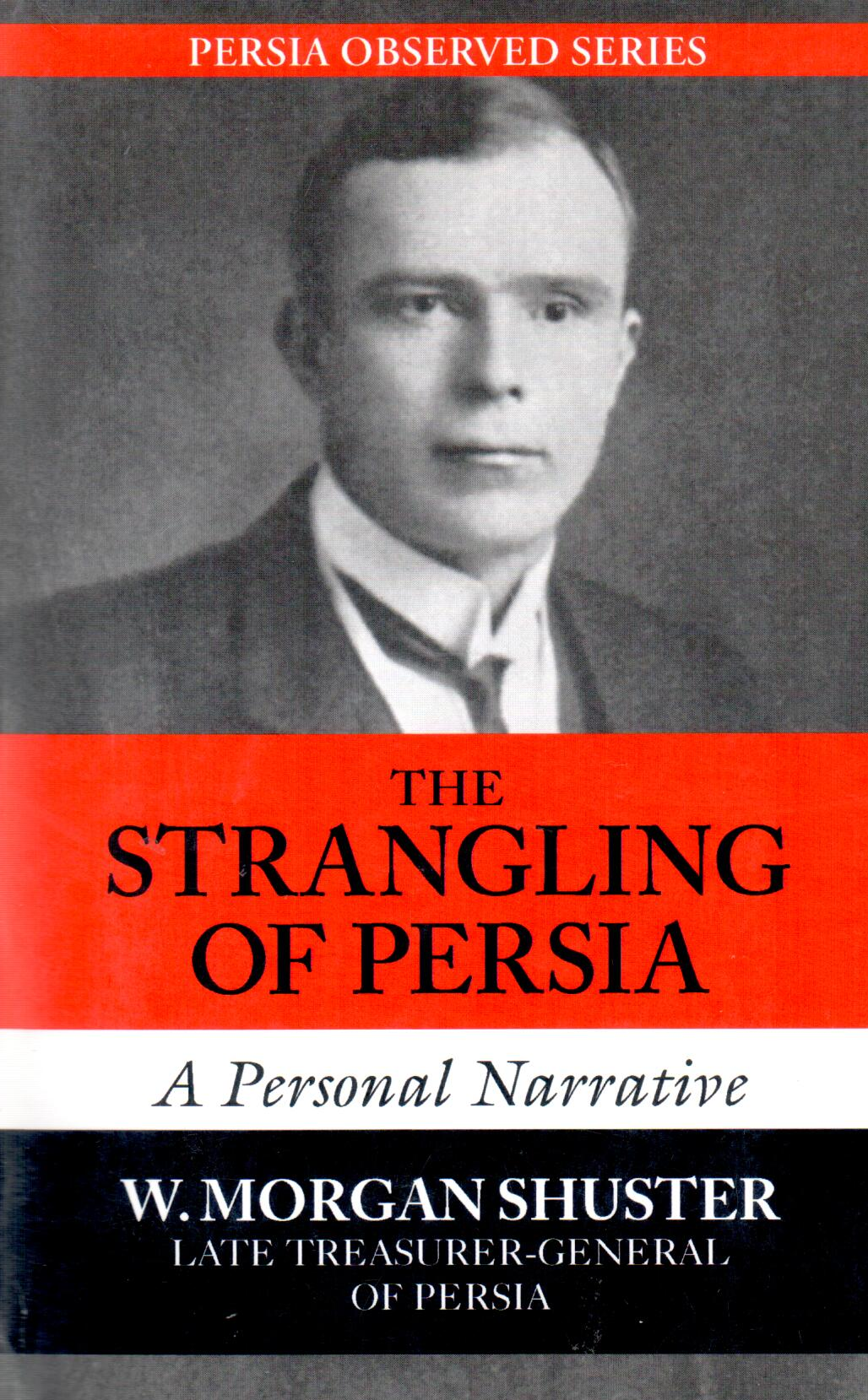Guilds, Merchants, & Ulama in nineteenth-century IRAN الإنجليزية 1430
Guilds, Merchants, & Ulama in nineteenth-century IRAN
35٫60 $
مشاركة
Wishlist
ISBN رقم:
9781933823317
الناشر:
MAGE PUBLISHERS
الفئة العمرية:
البالغون
الصفحات:
264
الوزن:
650 g
أبعاد المنتج:
21 x 28 x 1٫85 cm
غلاف الكتاب:
غلاف ورقی
Merchants and bankers managed much of nineteenth-century Iran’s economy and finances. The ulama—clerical leaders—who considered themselves responsible for the spiritual welfare of their flock also played an important economic role, in particular, through management of religious endowments. Numerically, however, the most important group was that of the traders and craftsmen, who were organized into guilds and who formed thirty to fifty percent of the urban population. Finally, there were the unskilled, mostly seasonal, laborers.
more
Merchants and bankers managed much of nineteenth-century Iran’s economy and finances. The ulama—clerical leaders—who considered themselves responsible for the spiritual welfare of their flock also played an important economic role, in particular, through management of religious endowments. Numerically, however, the most important group was that of the traders and craftsmen, who were organized into guilds and who formed thirty to fifty percent of the urban population. Finally, there were the unskilled, mostly seasonal, laborers.
more

